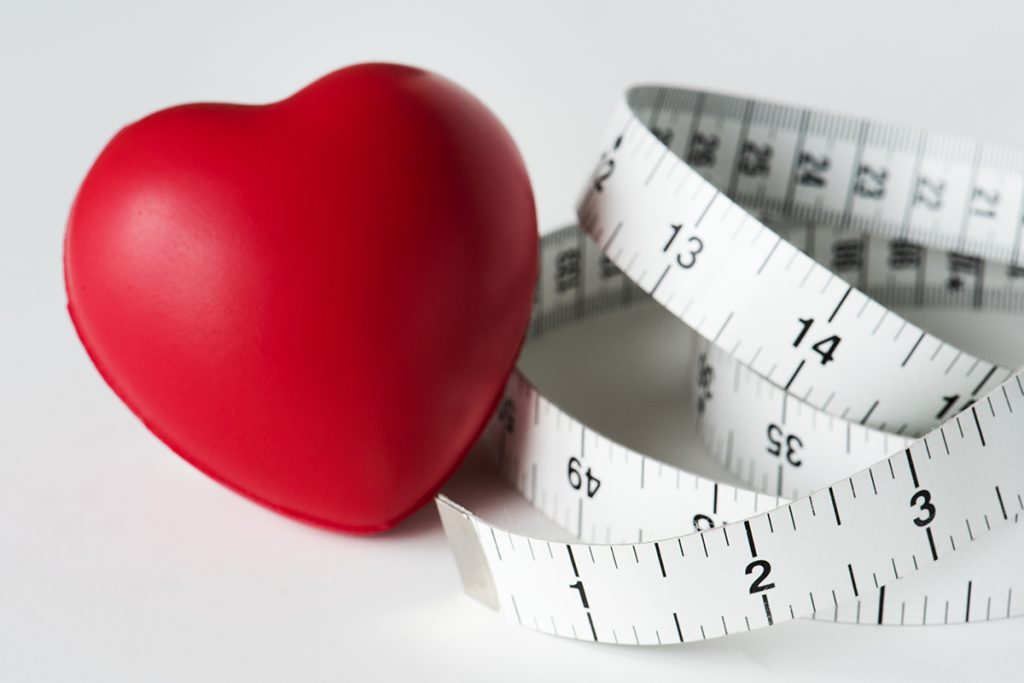Your body mass index alone won’t tell you if you’re healthy

For a while now, it has been recognized that the body mass index (BMI) is an imperfect means of evaluating an individual’s weight and their related health status. Nevertheless, it remains the primary tool relied upon by medical professionals, researchers studying populations, and personal trainers.
Why does this imperfect tool persist in use, and what alternative approaches should we consider?
First of all, what is body mass index exactly?
BMI is a globally acknowledged assessment technique that categorizes individuals into four distinct weight classifications: underweight (BMI less than 18.5), normal weight (18.5 to 24.9), overweight (25.0 to 29.9), or obese (30 or higher).
This value is derived by dividing an individual’s weight by the square of their height.

Who is credited with the invention of BMI?
The BMI was conceived by Lambert Adolphe Jacques Quetelet, a Belgian mathematician who lived from 1796 to 1874. He introduced the BMI in 1832 as a mathematical model to depict the physical attributes of the average Western European man.
Originally named the ‘Quetelet Index’, it was not originally intended for medical evaluation purposes. In 1972, it was rebranded as the ‘body mass index’.
What are the shortcomings of BMI?
Utilizing a mathematical formula to provide a comprehensive assessment of an individual’s health is fundamentally challenging. Body mass index solely gauges ‘excess’ weight and fails to assess excess body fat, bone mass, or muscle mass.
Furthermore, it does not consider the distribution of fat, which is an important indicator of health, including risks associated with conditions like type 2 diabetes, metabolic disorders, and heart disease.
Additionally, BMI lacks the capacity to account for social variables such as gender, age, and ethnicity. Since Quetelet’s formula was originally designed for Western European men, its applicability to other demographic groups, including non-European ethnicities, post-menopausal women, and pregnant women, is limited.
Overreliance on body mass index within the medical field might potentially compromise patients’ health by neglecting critical aspects of overall well-being and concentrating solely on body mass.

What alternatives should we consider instead of BMI?
Rather than relying solely on body mass index as the primary diagnostic tool for assessing an individual’s health, it should be employed alongside other metrics and factors.
Given that scientific evidence highlights the increased health risks associated with abdominal fat around vital organs, more precise measurements of health can be obtained through assessments like waist circumference, waist-to-hip ratio, or waist-to-height ratio.
Waist circumference
Waist circumference serves as an effective indicator of fat distribution, particularly for individuals with lower body fat and greater muscle mass, such as athletes. Its predictive value for health is most robust when used in conjunction with body mass index.
For optimal health, it is advisable that waist circumference remains below 94cm for men and 80cm for women, measured midway between the bottom of the ribcage and the hip bones.

Waist-to-hip ratio
Waist-to-hip ratio calculates the proportion of body fat distributed around the waist, hips, and buttocks by dividing the waist measurement by the hip measurement. According to the World Health Organization, it should ideally be 0.85 or lower for women and 0.9 or lower for men to mitigate health risks.
This measure is particularly valuable in forecasting health outcomes among older individuals, as the aging process brings about changes in body proportions upon which body mass index is based. This is because fat mass increases and muscle mass decreases with age.
Waist-to-height ratio
The waist-to-height ratio is derived by dividing height by waist circumference, and it is recommended that an individual’s waist circumference remains less than half of their height. Some studies have found that this measurement exhibits the strongest correlation with health predictions.
You can determine body composition and body fat percentage too by conducting skinfold measurement tests, which involve using skin calipers to evaluate particular body areas like the abdomen, triceps, or quadriceps.
In addition, assessing your heart health can involve consulting your physician for the monitoring of cholesterol and blood pressure levels. These more structured assessments can be complemented with a comprehensive evaluation of your lifestyle, dietary habits, physical activity, and family medical history.

What contributes to our overall health besides weight?
Adopting a balanced diet that incorporates whole grains, lean protein sources like fish and legumes, along with items such as eggs, yogurt, cheese, milk, nuts, seeds, and a generous amount of fresh fruits and vegetables can significantly reduce the risk of heart and vascular diseases.
Maintaining a healthy weight and preventing diet-related illnesses can be achieved by limiting the consumption of processed foods, sugary snacks, saturated fats, and trans fats.
Regular physical activity on most days of the week plays a crucial role in enhancing overall well-being. This entails engaging in strength training sessions twice a week and either 2.5 to five hours of moderate cardio activity or 1.25 to 2.5 hours of vigorous cardio activity.
It’s essential to recognize that weight represents just one facet of health, and there are more effective measures than body mass index for assessing an individual’s well-being.




















